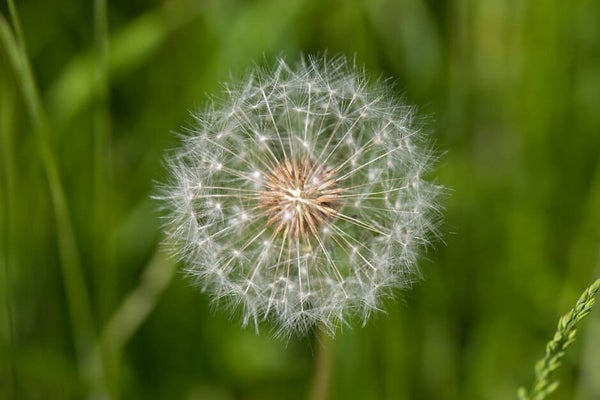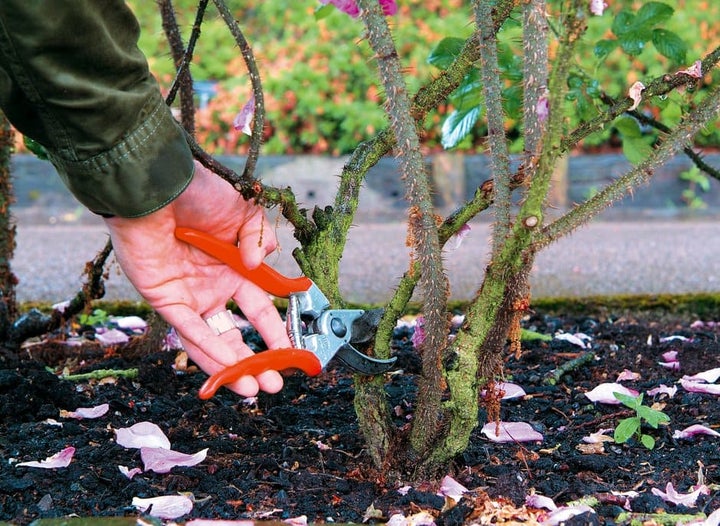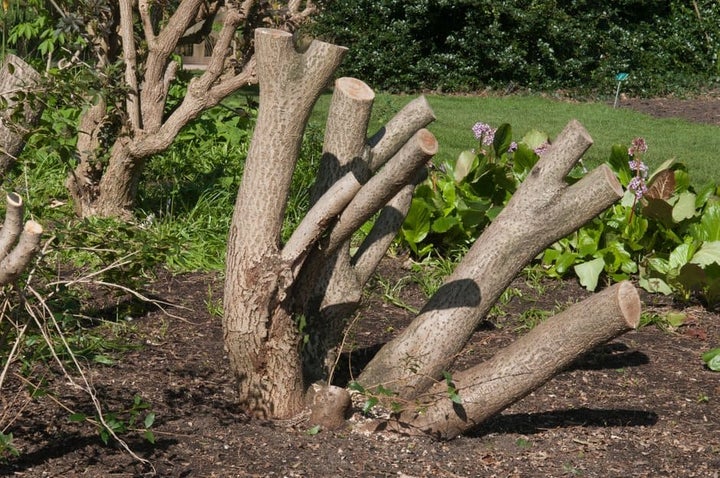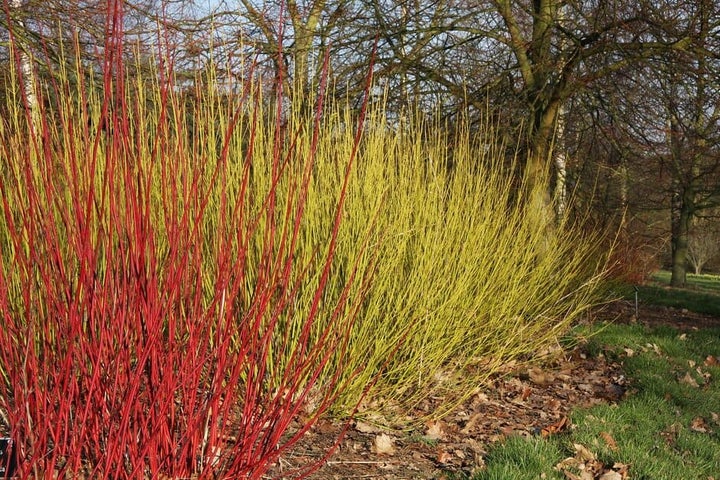
Quick facts
Annual, biennial and perennial plants have different lifespans and therefore different uses in the garden
Plants only flower once they reach maturity. Gardeners can influence maturity by pruning and propagation
The hormone ethylene is involved in ageing processes such as leaf fall and fruit ripening
What is a plant's life expectancy?
Different types of plants have different lifespans – some live fast and die young, while others take years to reach their prime:

Annual plants grow, produce seeds and die in one year. However carefully you look after an annual plant, like this cosmos, it will never live longer than that.

Biennial plants live for two growing seasons, usually overwintering as leafy rosettes before flowering and producing seeds in their second year. Foxgloves (Digitalis) are a common example.

Herbaceous and woody perennial plants are potentially much longer lived – from a few years to many decades or more. They store resources, like starch, to survive adverse conditions and can replace damaged parts thanks to zones of cell division (meristems) in their roots and shoots. Perennial phlox is a popular choice for borders.
Knowing the life expectancy of our plants helps us to use and grow them successfully:
- The short lifespan of makes them ideal for filling gaps in borders - providing colour and interest while you wait for your permanent plants to fill out
- tend to produce lots of easily grown seeds – so it’s often worth collecting and storing their seeds rather than buying new each year
- can be easily mistaken for weeds in their first year, so use plant labels to identify them
- Sowing biennials every year for a few years (successionally), and allowing them to self-seed, can produce a reliable, yearly display
- Perennials are good for long-term plantings, but need space to grow into
- As will grow in the same place for many years, they need extra care – this might include soil improvement, feeding, pruning and winter protection. See our guide to growing perennial plants
The life stages of a plant
Plants have a juvenile and an adult stage. The time it takes to reach maturity differs between species.
- Juvenility is usually characterised by vigorous, soft and leafy, non-flowering growth
- Maturity is when growth is capable of flowering

Physical differences between juvenility and maturity is clearly seen in some plants. In ivy, for example, young, non-flowering stems cling and climb, while mature plants develop a shrubby, branching habit and bear nectar-rich flowers.
The effects of pruning
In many plants, flowering and leaf colour can decline with age. Choosing the right pruning regime can help avoid this, and revive plants that have become lacklustre:
- Pruning annually - to thin older stems or cut out flowered growth - encourages new replacement shoots and maintains a good balance of old and new wood. This helps to ensure plants produce plenty of flowers each year. Shrubs that benefit from annual pruning include shrub roses and mock orange (Philadelphus).
- Renovation pruning is a more severe option, for older, poorly performing shrubs, to improve their flowering or fruiting. Hard pruning triggers the production of that encourage to sprout into growth. Always check if your shrub is known to respond well to this kind of treatment or whether replacing it would be a better option. See our guide to shrub renovation.
- Pollarding and coppicing plants such as eucalyptus, willow and shrubby dogwood (Cornus) encourages lots of new, colourful stems and foliage for a more vibrant display. See our guide to pollarding and coppicing.



Sometimes, when a plant is hard pruned, it responds by putting on lots of young leafy growth. This softwood doesn't have any stored resources (such as starch) so can take a long time to flower again. Apples respond to hard pruning by producing lots of vigorous upright stems known as watershoots. These require careful management so you don't encourage even more – for advice on this see our guide to renovating apple trees.
Did you know?
When a shrub is said to flower on ‘old wood’, this doesn’t always mean elderly wood – it can just mean stems that grew in the previous growing season. Spring-flowering shrubs, like forsythia, typically flower on 'old wood', whereas shrubs that flower later in the summer, like the butterfly bush (Buddleja), flower on 'new wood' they've made in the current growing season.
The role of hormones
Some plant (also known as growth regulators) promote ageing (senescence) and others counteract it:
- Hormones that maintain the function and structural integrity of cells, preventing tissues from dying, include , and
- Hormones that promote ageing are and
Seasonal and environmental cues, such as daylength shortening, trigger biochemical shifts inside plants, tipping the balance in favour of the ageing hormones:

The lower temperatures and shorter days of autumn trigger leaf drop in deciduous trees and shrubs. Before falling, ageing leaves stop producing chlorophyll and their useful substances, like starch, are moved into stems for storage. Then, as auxin production is reduced and ethylene production increased, a layer of corky cells forms at the base of the leaf stem (petiole) and abscission (or separation) occurs.

Some tree species, such as beech, don't form an abscission zone when they're young. The dead leaves hang on, protecting new buds from cold. If you clip an established beech hedge in summer, the flush of new shoots it encourages will also keep its leaves, creating winter interest.

As fruits mature they produce more ethylene, which causes colour changes, an increase in sweetness and a softening of tissues. In apples, ethylene not only stimulates ripe fruits to fall, it also plays a role in shedding excess fruitlets in early summer (known as 'June drop').
Your next steps
Now you know more about how plants age, put this into practice to help your plants thrive:
- Consider the lifespan of the plants you're buying when you come to add more to your garden. are a great shot of colour in a border, but need replacing every year. will be with you for longer, so are a more sustainable and economical option. See our guide to choosing perennials.
- Regularly pick the leaves of leafy salads to keep them productive and stop them bolting
- Check whether your shrubs would benefit from annual pruning to encourage fresh stems every year, for improved overall flowering. See our catalogue of pruning guides.
- Clip beech hedges in late summer so they hold their leaves over winter. This provides better screening, more shelter for garden wildlife and a colourful backdrop for your other plants. See our guide to growing beech.
- Ripen green tomatoes at the end of the summer by putting them in a bowl with some already ripe tomatoes or a banana. The given off by the mature fruit will encourage the green ones to sweeten and colour up. See our guide to growing tomatoes.









